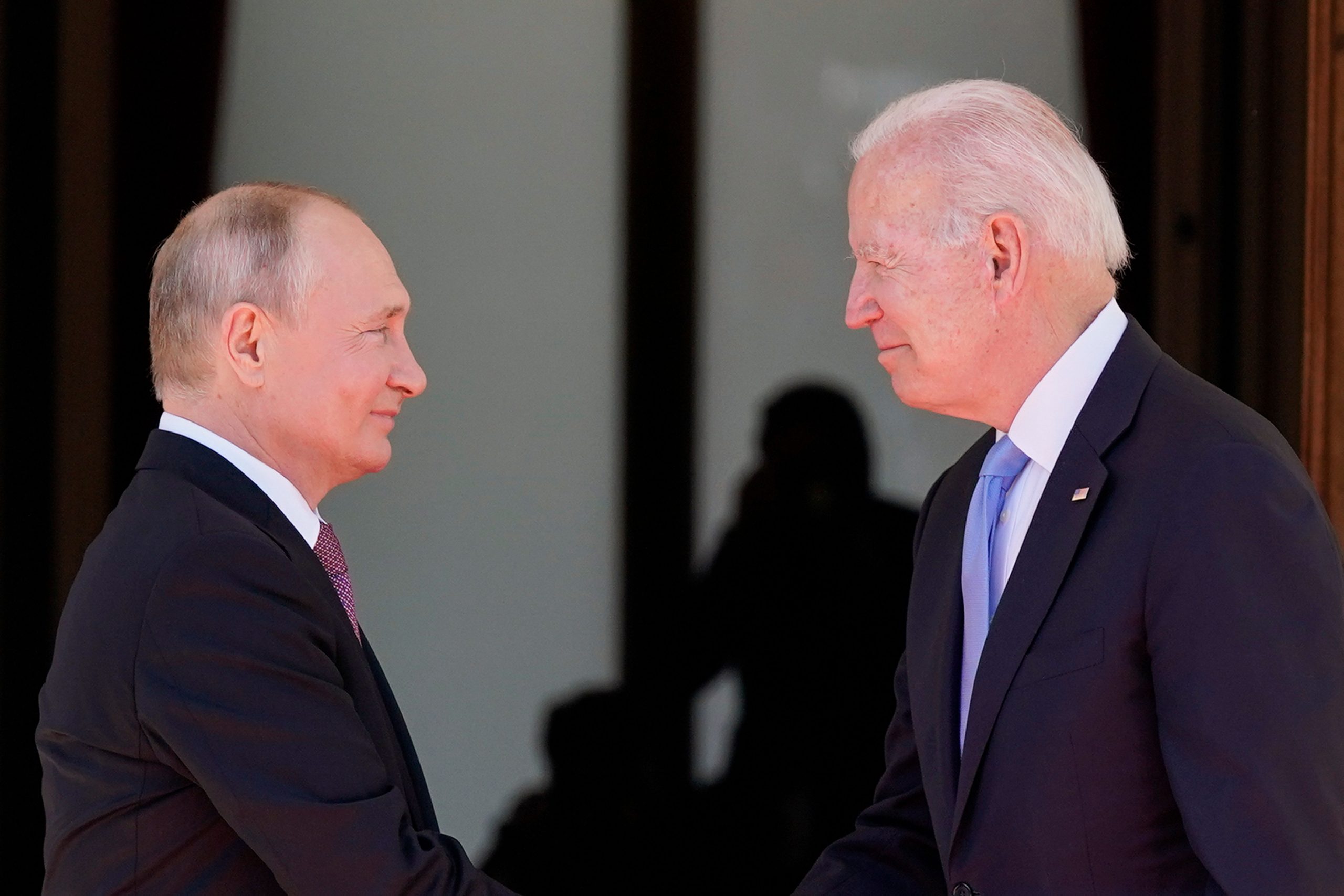The US promised to
send reinforcements as a response to Russia’s invasion of Ukraine. They have
also decided to impose severe economic measures, to warn Moscow. These moves
come ahead of talks between presidents Vladimir Putin and Joe Biden.
The United States
president already spoke to NATO members, ahead of the meeting. Following this, Boris
Johnson, the Prime Minister of the UK, noted that they were united regarding
Ukraine. The US also plans on rejecting Russia’s demand to not include Ukraine as
a NATO member in the future.
Currently, nearly
1,00,000 Russian troops are positioned within striking distance of Ukraine’s
borders. This has prompted a conversation between the US Secretary of State,
Antony Blinken, and Ukraine president Volodymyr Zelenskiy. The latter has been
assured of US support and concerted action in face of Russia’s threat.
Also Read | Russia could begin Ukraine offensive in early 2022: US intelligence
However, the US is not
likely to engage in direct military response. Instead, they will provide
support to the Ukrainian military, impose necessary economic countermeasures,
and increase capabilities of NATO members, to ensure their safety.
Meanwhile, Putin has
been seeking a ban on NATO enlargement, or an extension of support to Ukraine.
The US has no intention of capitulating to these demands, since the nation’s
policy is to allow every country to make sovereign decisions about their own
security. Russia’s moves have been identified as a credible threat by both
Russian and western analysts. Their stance is to create tension with the west,
so Russia’s demands are not ignored.
Also Read | Joe Biden, Vladimir Putin to hold talks on Tuesday as Ukraine tensions rise
Currently, there are
very modest expectations from the talks between Putin and Biden. While it would
be relieving to see Russia pull back its troops, the Putin-led government needs
to walk away with a concrete win, or risk not being taken seriously in the
future, because this happens to be the second threat of invasion since April
2021.







